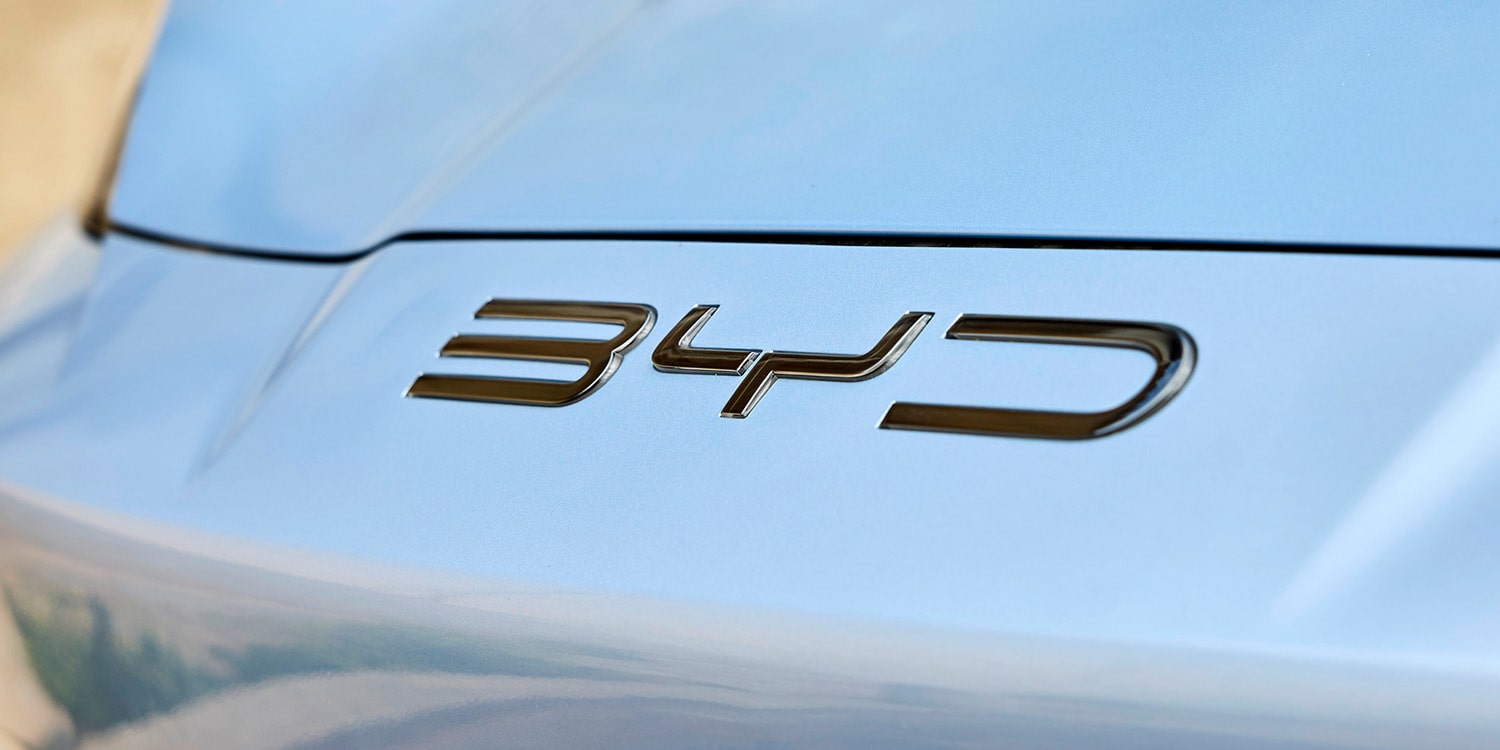Chinese automaker BYD has outpaced industry leader Tesla, filing a remarkable 16 times as many patents over the past two decades. These patent filings, totaling over 13,000 between 2003 and 2022, underscore BYD’s emphasis on safeguarding its battery technology, a key asset in the electric vehicle (EV) sector.
A recent report from Patent Result in Tokyo revealed that BYD’s patent applications have surged, with a substantial portion—more than half—pertaining to battery-related innovations. This strategic focus has allowed BYD to distinguish itself from other EV manufacturers, as it relies on in-house developed battery packs, negating the need for third-party suppliers.
See also: China Surpasses Japan in First-Half Auto Exports, Fueled by Electric Vehicle Growth
BYD’s reliance on patents serves as a safeguard for its proprietary battery technologies, which could otherwise be vulnerable to imitation through disassembly of its battery packs. In contrast, Tesla adopts a strategy that minimizes the risk of imitation by implementing new production technology exclusively within its own factories. It’s worth noting that one drawback of patent filings is the requirement for public disclosure, potentially exposing innovations to replication by other entities.
Hideto Kono, a patent lawyer, noted that a car manufacturer of Tesla’s stature typically accumulates “at least 10 times as many” patents over a similar timeframe. A plausible explanation for Tesla’s relatively modest patent count is its heavy reliance on software development, which often utilizes publicly available information.
See also: Toyota lead in solid-state battery patents, study says
Notably, Tesla’s patent portfolio often centers on charging infrastructure and communication systems between electric vehicles and drivers, reflecting the company’s commitment to advancing the broader EV ecosystem.
BYD has solidified its position as a leader in lithium-ion battery development, particularly in the utilization of iron phosphate cathodes. These batteries offer cost advantages over their ternary lithium counterparts, which incorporate nickel and cobalt and are favored by Korean competitors.

